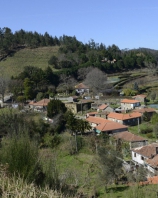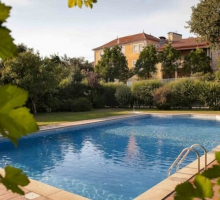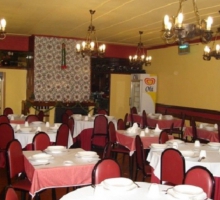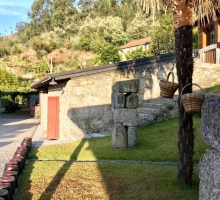The primitive agglomeration called "Villa de Basto" arose under the tutelary protection of the castle, around this, and became the center of power of the municipality, especially from the early sixteenth century, when it received its charter by king D. Manuel I (1520).
At the same time that there was the gradual abandonment of the castle due to the gradual reduction of its military role as part of homeland defense, saw the slow growth of this cluster which now bring together the political and judicial powers to the castle and are represented patents on some of the remaining buildings in the "Villa de Basto", now called the Castle village. The current population presents today an image of unity / uniformity, with emphasis a set of buildings that by their characteristics, functions and presence marked the life of this village / community, the county seat of Celorico de Basto.
Castle sees the contours of the village and surrounding fields and, beyond, the green hills and fertile valleys that transmit a peculiar atmosphere at this great space rurality and an engaging story.
Location: Celorico de Basto
At the same time that there was the gradual abandonment of the castle due to the gradual reduction of its military role as part of homeland defense, saw the slow growth of this cluster which now bring together the political and judicial powers to the castle and are represented patents on some of the remaining buildings in the "Villa de Basto", now called the Castle village. The current population presents today an image of unity / uniformity, with emphasis a set of buildings that by their characteristics, functions and presence marked the life of this village / community, the county seat of Celorico de Basto.
Castle sees the contours of the village and surrounding fields and, beyond, the green hills and fertile valleys that transmit a peculiar atmosphere at this great space rurality and an engaging story.
Location: Celorico de Basto






